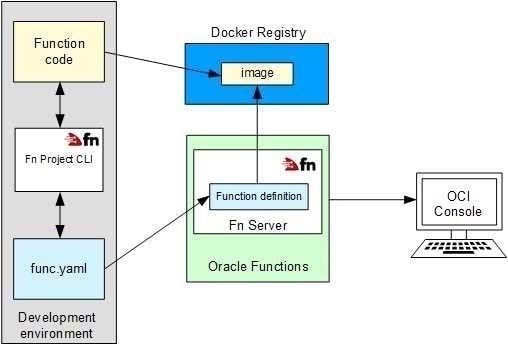1Z0-1085-24 Online Practice Questions and Answers
Which feature does the Oracle Cloud Infrastructure Compute service leverage for ensuring high availability of applications?
A. Fault Domains
B. Real Application Clusters (RAC)
C. Golden Gate
D. Data Guard
Which Oracle Cloud Infrastructure (OCI) service is best suited for running serverless apps?
A. Oracle Functions
B. Virtual Cloud Network
C. Streaming
D. Audit
What is the frequency of OCI usage report generation?
A. Weekly
B. Monthly
C. Annually
D. Daily
A customer wants a dedicated connection with minimal network latency from their on-premises data center to Oracle Cloud Infrastructure (OCI). Which service should they choose?
A. Public internet
B. Virtual Cloud Network Remote Peering
C. OCI FastConnact
D. IPSec Virtual Private Network (VPN)
Which is NOT required to register and log support requests in My Oracle Support (MOS)?
A. Your Customer Support Identifier (CSl)
B. Your account password
C. Your tenancy OCID (Oracle Cloud Identifier)
D. Your resource OCID (Oracle Cloud Identifier)
Which three services Integrate with Oracle Cloud Infrastructure (OCI) Key Management?
A. Functions
B. Block Volume
C. Object Storage
D. Auto Scaling
E. Identity and Access Management
F. File Storage
What two statements regarding the Virtual Cloud Network (VCN) are true?
A. A single VCN can contain both private and public Subnets.
B. VCN is a regional resource that span across all the Availability Domains in a Region.
C. You can only create one VCN per region.
D. The VCN is the IPSec-based connection with a remote on premises location.
E. VCN is a global resource that span across all the Regions
Oracle Cloud Infrastructure Budgets can be set on which two options?
A. Free-form tags
B. Compartments
C. Tenancy
D. Virtual Cloud Network
E. Cost-tracking tags
Which option provides the best performance for running OLTP workloads in Oracle Cloud Infrastructure?
A. OCI Exadata DB Systems
B. OCI Autonomous Data Warehouse
C. OCI Virtual Machine Instance
D. OCI Dedicated Virtual Host
Which two situations incur costs in Oracle Cloud Infrastructure (OCI)?
A. Data ingress from the internet
B. Transferring data across regions
C. Transferring data from one instance to another in the same Availibility Domain
D. Data egress to the internet
E. Transferring data from one instance to another across different Availibility Domains in a Region


